T4K3.news
Hold-in tactic gains traction in NFL contracts
Rashawn Slater's deal highlights a rising strategy to protect earnings before injury risk
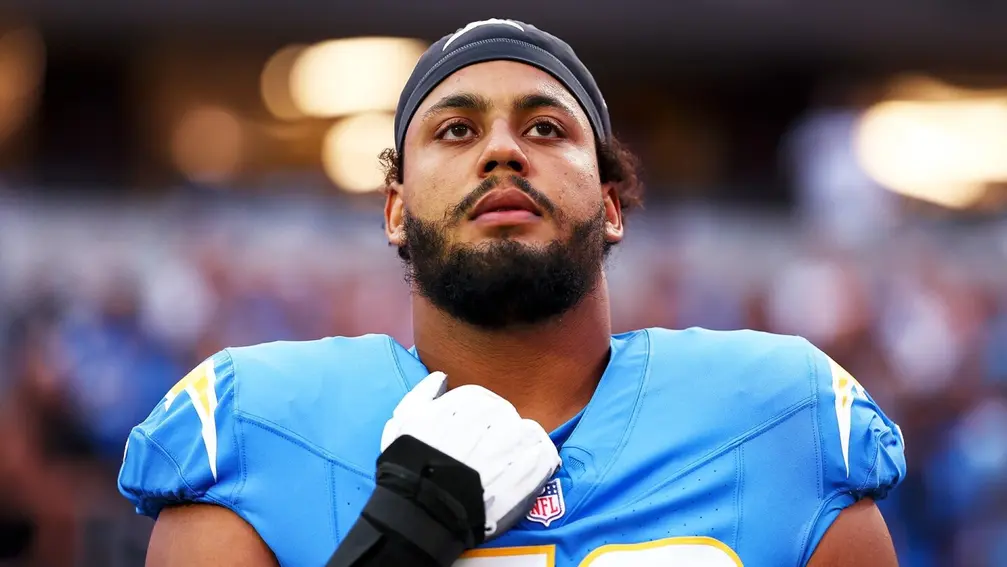
An analysis of how players use hold-ins to protect earnings as Rashawn Slater secures a big payday.
Rashawn Slater Injury Confirms Hold-In Advantage
Rashawn Slater, the Chargers tackle taken one pick after Micah Parsons in the 2021 draft, signed a long term extension late last month. The move shows a growing tactic where players skip full practice to protect contract terms while negotiations continue. By locking in the payday before any serious injury, Slater shifts some risk onto the Chargers.
The pattern appears broader than one case. Several players have used hold-ins to avoid the kind of injury that could derail a negotiation, including Parsons, Terry McLaurin, Trey Hendrickson, James Cook and Cam Heyward. The practice raises questions about how talent, health and team calculations interact during a negotiation year.
Key Takeaways
"Rashawn Slater got his payday before the injury clock started"
Highlight on contract timing
"Hold-ins rewrite who carries risk in football"
Editorial observation on trend
"Leverage is the new currency in football negotiations"
Editorial insight into bargaining power
"This is about futures not just money"
Emotional reflection on stakes
The hold-in tactic reflects a shift in power as players leverage earnings against the uncertainty of injuries. It favors players with guaranteed contracts and can reduce on field practice, which might affect development and team chemistry. For teams, it means they sometimes pay more upfront for certainty while absorbing risk if the player gets hurt after signing.
Long term effects could push front offices to rethink guarantees, incentive structures and how they price risk across a season. The trend may pressure younger players to adopt similar strategies earlier, changing the negotiation landscape across leagues and forcing clubs to adapt their scouting and cap planning to protect against sudden losses.
Highlights
- Paydays before the injury clock starts
- Hold-ins rewrite who carries risk in football
- Leverage is the new currency in football negotiations
- Health is a bargaining chip as contracts rise
The contract game keeps evolving as risk and reward tilt with every new deal.
Enjoyed this? Let your friends know!
Related News
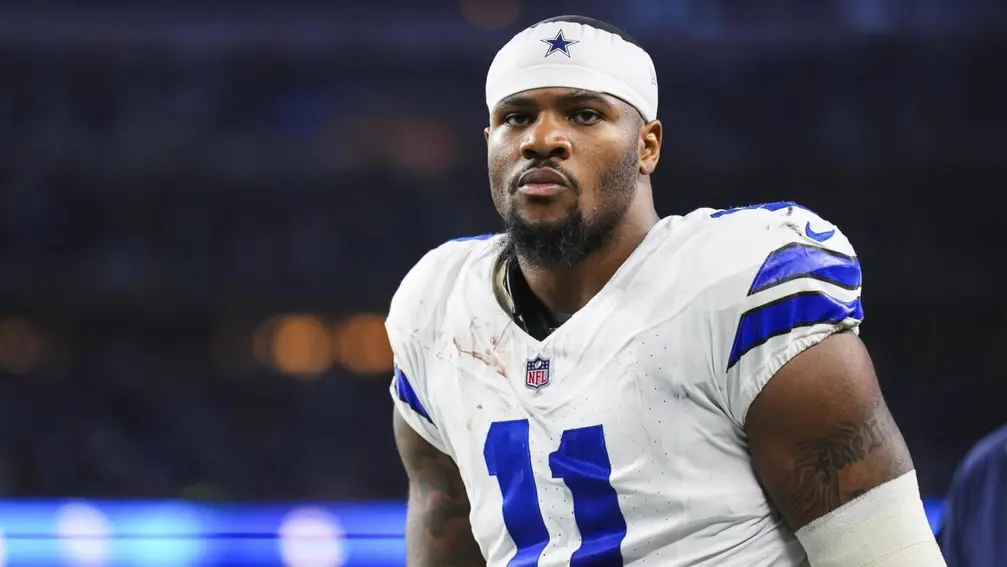
Cowboys training camp starts without decision from Micah Parsons
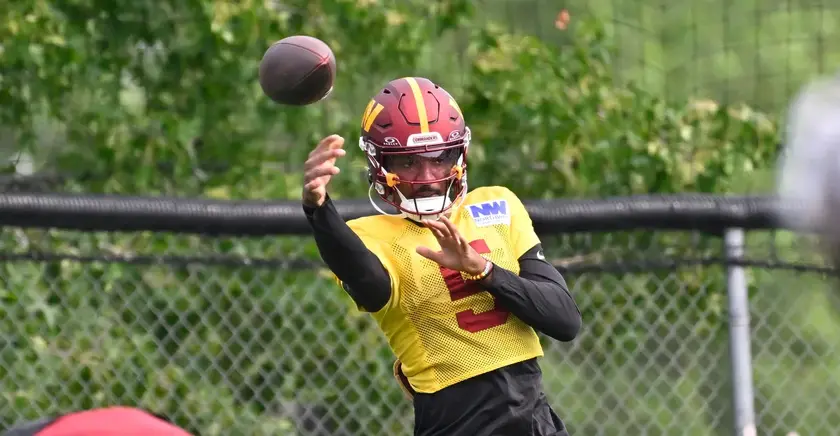
Washington Commanders face injury challenges before preseason opener
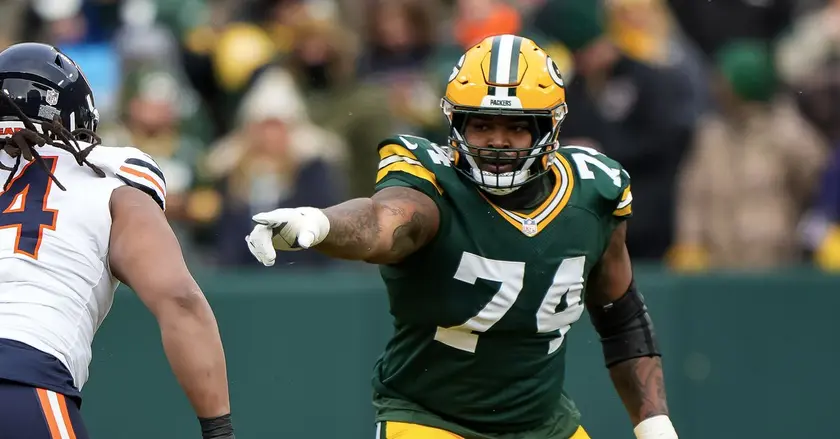
Packers and Elgton Jenkins continue tense contract talks
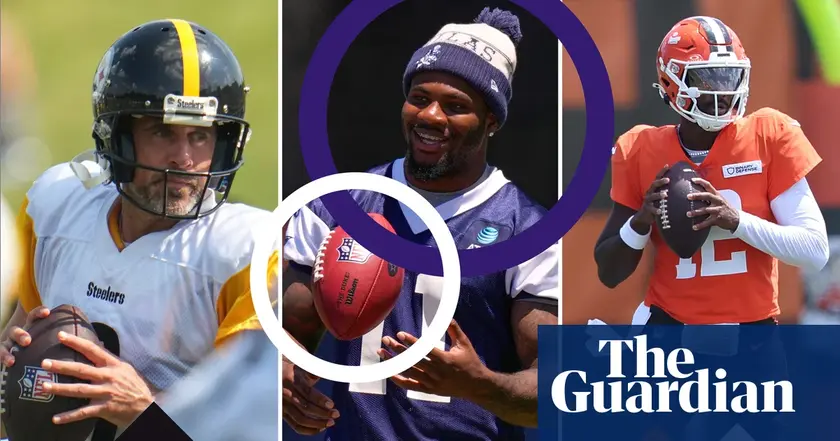
Key NFL teams face pressure as season nears
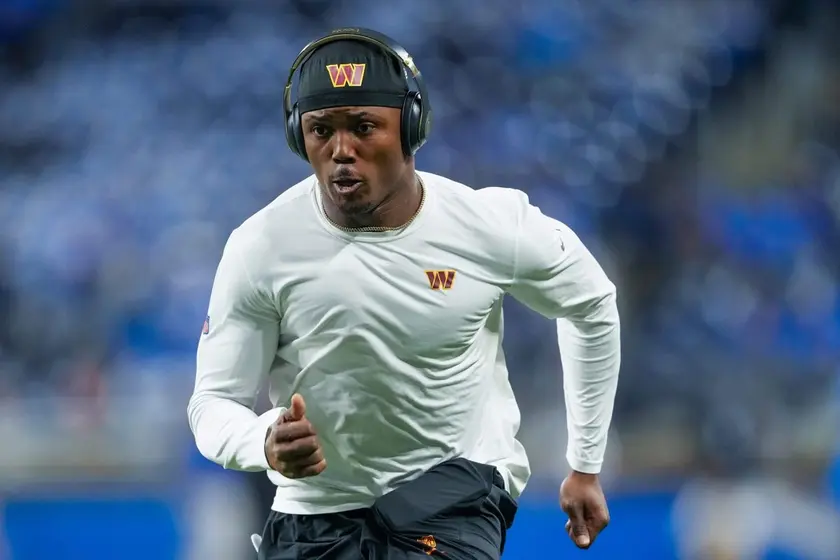
Terry McLaurin arrives at Commanders training camp

ESPN acquires NFL media assets in landmark deal

Call of Duty Season 5 Goes Live Tomorrow

Washington Commanders Training Camp Day 4 Highlights
